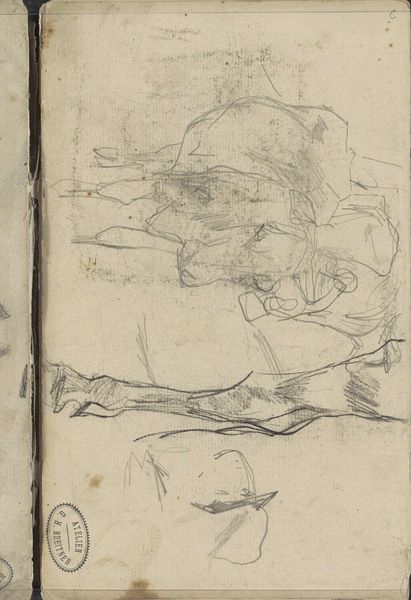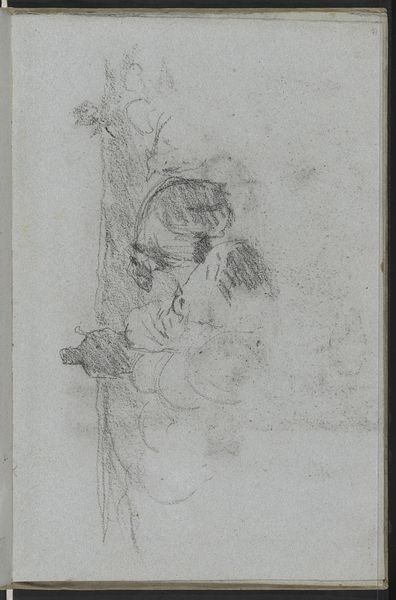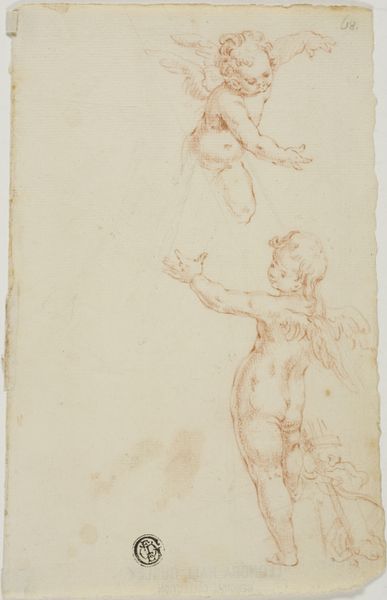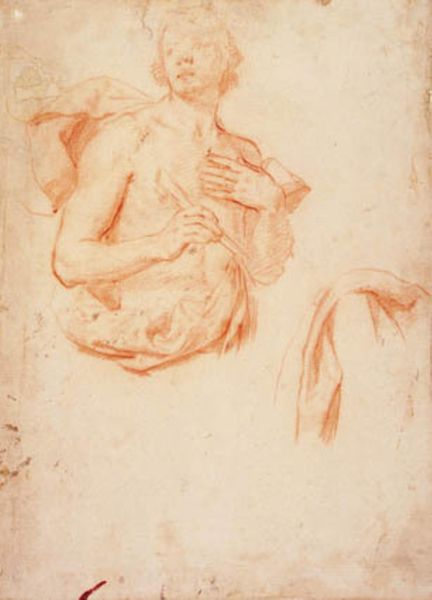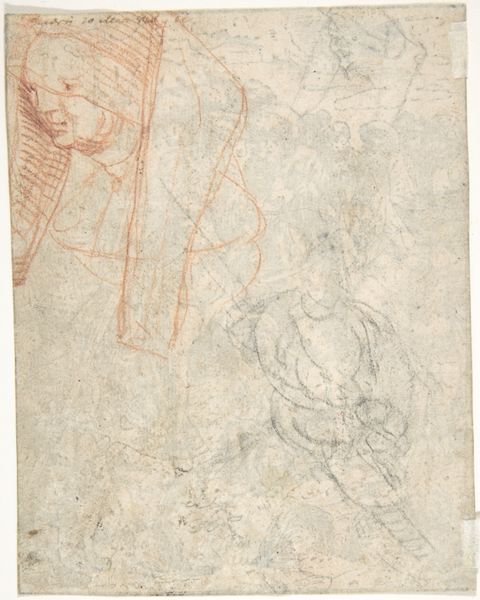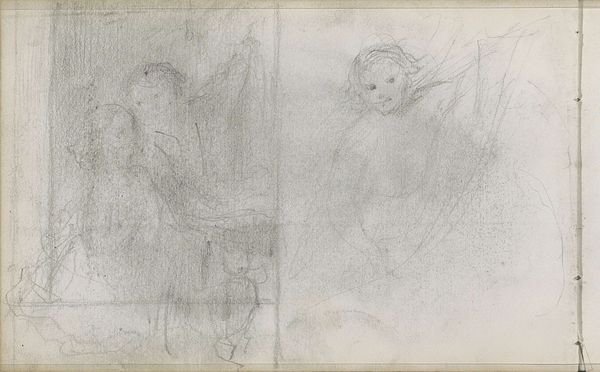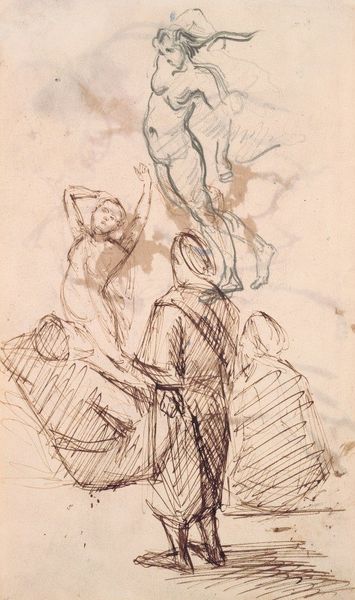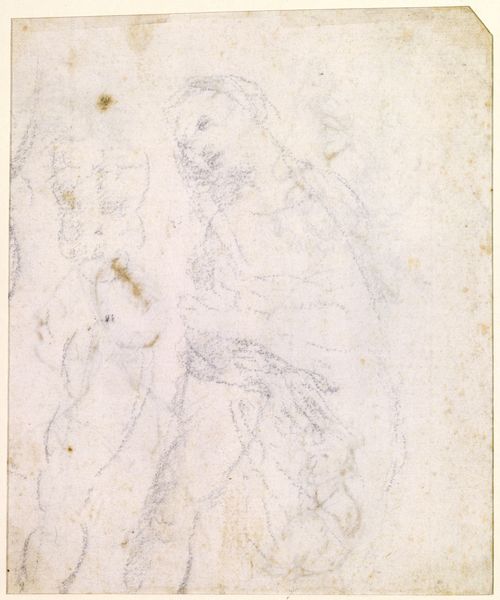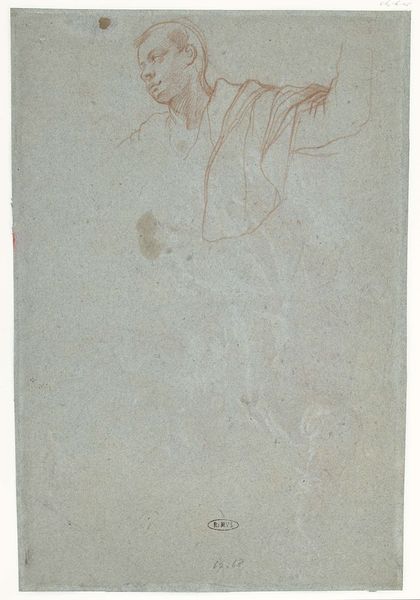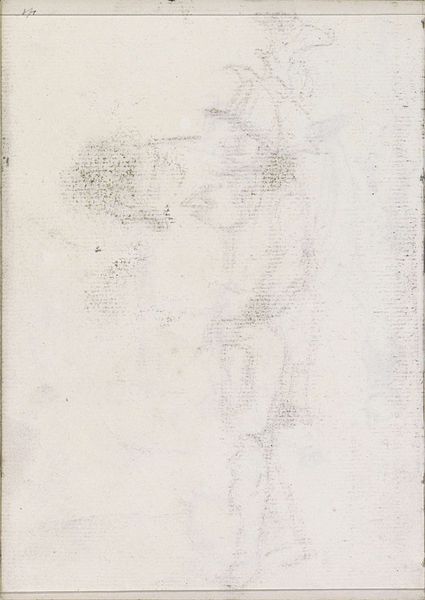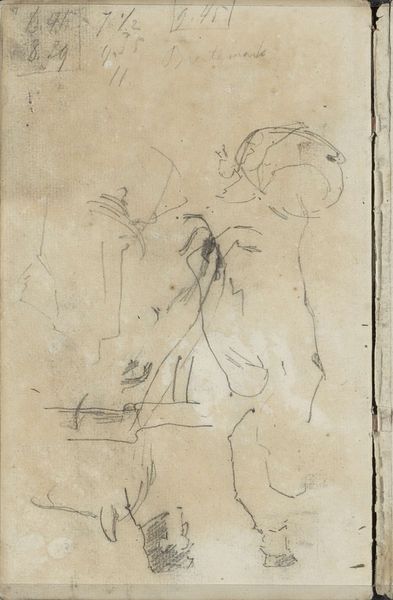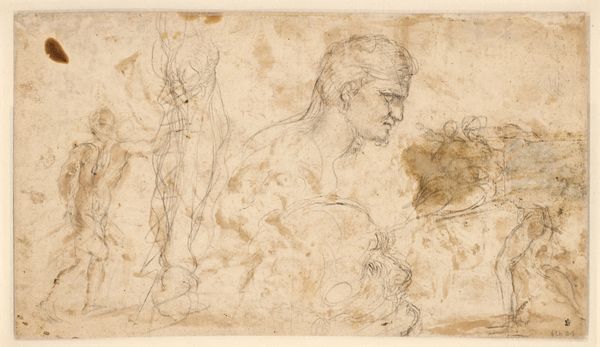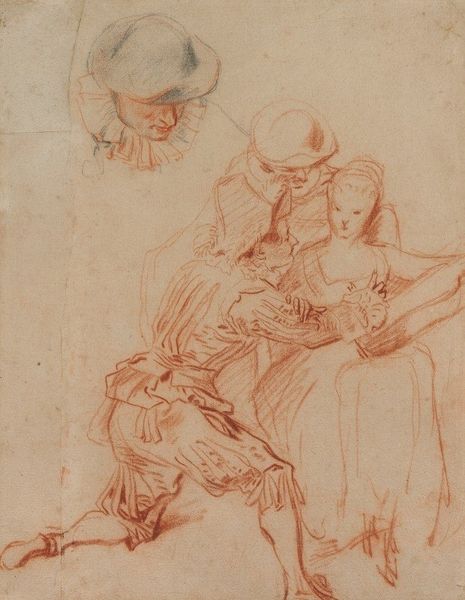
drawing, paper, pencil, graphite
#
portrait
#
drawing
#
pencil sketch
#
charcoal drawing
#
figuration
#
paper
#
form
#
11_renaissance
#
pencil
#
graphite
#
academic-art
#
italian-renaissance
Copyright: Public domain
Editor: We're looking at "Studies of an Arm, and of the Heads of an Old Man and Young Woman," a drawing by Palma il Giovane from 1628, rendered in pencil, graphite, and charcoal on paper. There's a delicacy to the lines, but the forms also seem so robust and self-assured. How do you interpret this work, seeing it today? Curator: This piece offers us a glimpse into the artist's process but also raises questions about artistic training in the 17th century, particularly regarding gender and power. Did everyone have the same access to this sort of study? What can the act of studying an arm or face tell us about the world they inhabited? It feels urgent, as these types of power structures continue in art institutions even today. Editor: So you’re saying this isn’t just a preparatory drawing, but also reflects the society in which it was made? Curator: Exactly. In many ways, the power structures and access within the Renaissance workshops became encoded and transferred to modern art practices. Take the depiction of women in art academies for instance: How were they positioned, were they given similar access as men, and, even more importantly, what was their socio-economic status and could they become artists in their own right? Did the power relations repeat in this depiction or diverge from societal conventions, perhaps subtly subverting the norms? We have to ask these questions to gain insight. Editor: I see what you mean. It makes you wonder who got to decide which bodies were studied and how these choices perpetuated social hierarchies. Thanks! This gives me a new way to appreciate it. Curator: Precisely! By viewing even preliminary sketches as cultural documents, we begin to unveil some fascinating and sometimes troubling elements that existed at the time this work was made, elements that may even still prevail today.
Comments
No comments
Be the first to comment and join the conversation on the ultimate creative platform.
